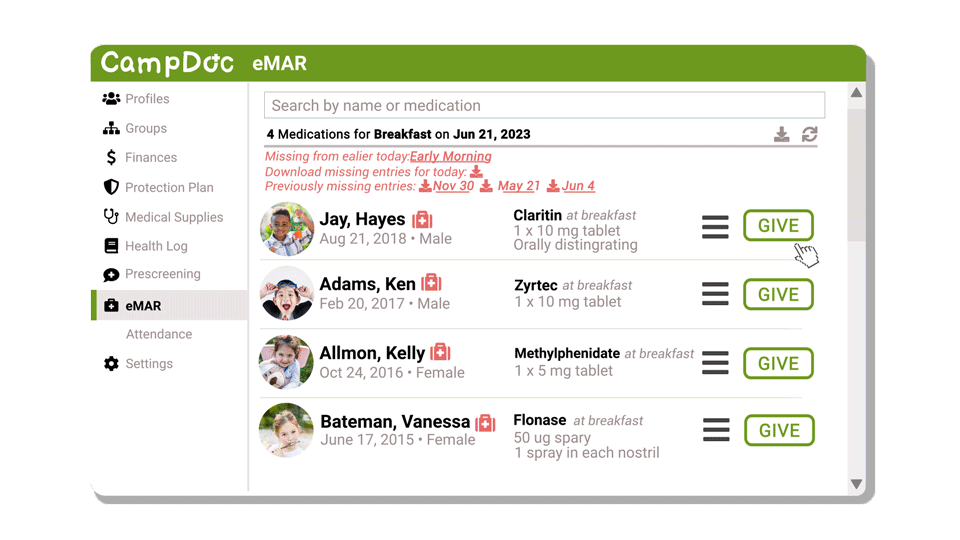Building a Health and Safety-Minded Culture: Laying the Foundation for Roger Krone’s Vision
5 min read | Published February 26, 2024
Building a Health and Safety-Minded Culture: Laying the Foundation for Roger Krone’s Vision
5 min read | Published February 26, 2024

By DocNetwork

By DocNetwork

By DocNetwork
Introduction
As BSA organization leaders, your commitment to the health and safety of participants is paramount. With Roger Krone’s vision of transforming the BSA through technology and innovation, it’s crucial to cultivate a mindset and environment that prioritizes health and safety in all aspects of your events. Here are some key characteristics and strategies for BSA councils to lay the foundation for executing this vision.

1. Proactive Health and Safety Mindset
A health and safety-minded youth-serving organization anticipates potential risks and takes preemptive measures to mitigate them. This mindset involves regularly assessing and updating safety protocols, providing comprehensive training for staff and volunteers, and fostering a culture where safety is everyone’s responsibility.
2. Comprehensive Health Policies and Procedures
Clear, well-documented, and well-communicated health policies and procedures are essential. These should cover a wide range of scenarios, from routine health checks to emergency response plans. Regularly reviewing and updating these policies ensures that they remain relevant and effective.
3. Integration of Technology
Embracing technology is key to enhancing health and safety management. Digital tools for collecting health records, medication requirements, and logging injuries and illnesses during events can streamline the storage and access of vital health information. This ensures that accurate and up-to-date information is readily available when needed, particularly in emergencies.

4. Training and Education
Ongoing training and education for staff, volunteers, and participants are crucial. This includes first aid and CPR training, as well as education on recognizing and responding to health and safety concerns. Empowering everyone with the knowledge and skills to act quickly and effectively in emergencies is vital.
5. Collaboration with Health Professionals
Establishing partnerships with healthcare professionals ensures that BSA councils have access to expert advice and support. These professionals can assist in developing health policies, conducting training sessions, and providing guidance in emergencies.
6. Regular Health and Safety Assessments
Conducting regular assessments of health and safety practices helps identify areas for improvement. This includes evaluating the effectiveness of current policies, the condition of equipment and facilities, and the readiness of staff and volunteers to respond to health and safety incidents.
7. Clear Communication Channels
Effective communication is crucial in health and safety management. Clear channels for reporting health concerns and incidents ensure that issues are promptly addressed. Regular updates and reminders about health and safety protocols keep everyone informed and engaged.
8. Community Involvement
Engaging the broader community, including parents and guardians, in health and safety initiatives fosters a supportive environment. Involving stakeholders in discussions and decisions related to health and safety strengthens the collective commitment to the well-being of participants.
Conclusion
To lay the foundation for executing Roger Krone’s vision of a technologically advanced and safety-oriented BSA, councils should embrace these characteristics and strategies. By fostering a proactive health and safety mindset, integrating technology, and ensuring comprehensive training and collaboration, Councils can create an environment where the well-being of participants is the top priority.
In conclusion, the journey to becoming the safest youth-serving organization in the country requires a collective effort from all levels. By adopting a health and safety-minded approach and leveraging technology, you can protect and empower scouts, ensuring that they continue to enjoy the activities and learning experiences that scouting offers. CampDoc is the only National-approved proof of concept of an EMR, trusted by BSA councils such as the Narragansett Council, Greater Colorado Council, Patriots Path Councils, and Mayflower Council.
Let us show you why over
1,250 programs nationwide
choose CampDoc.
Schedule a Demo Today!









